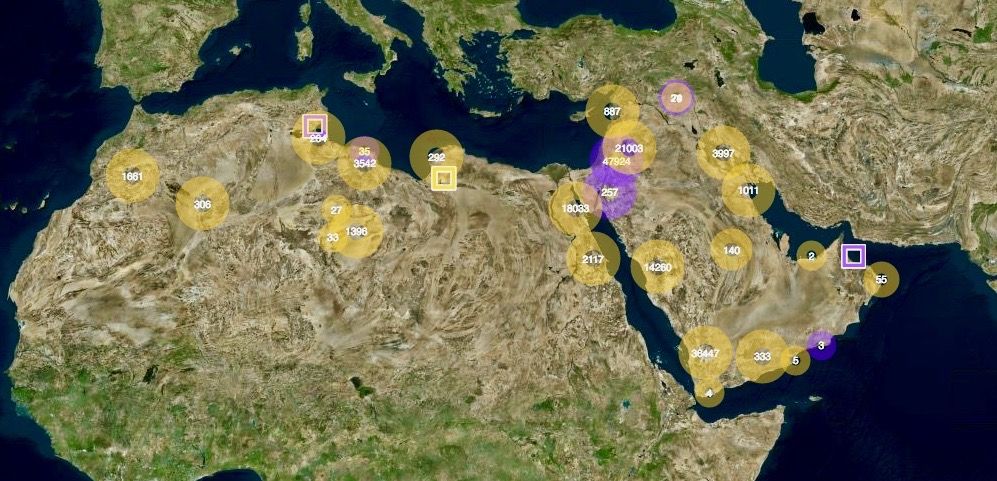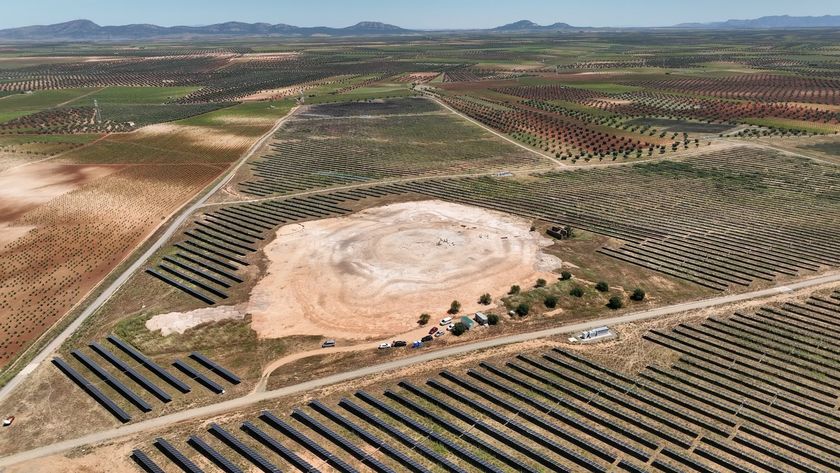History at Risk: 20,000 Archaeological Sites Threatened by Conflict

From the ancient cities of Petra and Jericho to historic religious temples, thousands of archaeological sites in the Middle East and North Africa are severely at risk, according to a new online public database.
In hopes of preserving these important landmarks, researchers have launched a public database — Endangered Archaeology in the Middle East and North Africa (EAMENA) — detailing the nearly 20,000 archaeological sites that are threatened. The database, launched by the University of Oxford, University of Leicester and Durham University, is designed to educate the public about archaeological issues in the Middle East and North Africa.
Armed conflict, construction projects, looting and other destructive threats in the region have put these cultural heritage sites at risk, according to the researchers. [10 Historical Treasures That the World Lost in the Past 100 Years]
"Not all damage and threats to the archaeology can be prevented, but they can be mitigated through the sharing of information and specialist skills," Robert Bewley, an archeologist at Oxford and director of the EAMENA project, said in a statement.
Using satellite imagery, the database records information about the archaeological sites under threat. Along with the current risk level, EAMENA provides historical information on each site, and how they relate to one another. An interactive map displays the geography of the sites under threat, and users can see sites categorized by a specific location or type of archaeological feature.
Saint Catherine Monastery in Egypt, for example, is described in the EAMENA database as "the oldest working monastery in the world." Founded in the sixth century A.D., the monastery has been in continuous use since but it is threatened by construction, tourism and overuse. Though the overall condition of this site is listed as "good," there are thousands of sites listed as "poor."
"The archaeology of the Middle East and North Africa is exceptionally rich and diverse, giving insight into some of the earliest and most significant cultures in human history," Bewley said. "Those seeking to deliberately damage archaeological sites are attacking the cultural heritage of all of us."
Sign up for the Live Science daily newsletter now
Get the world’s most fascinating discoveries delivered straight to your inbox.
Original article on Live Science.



